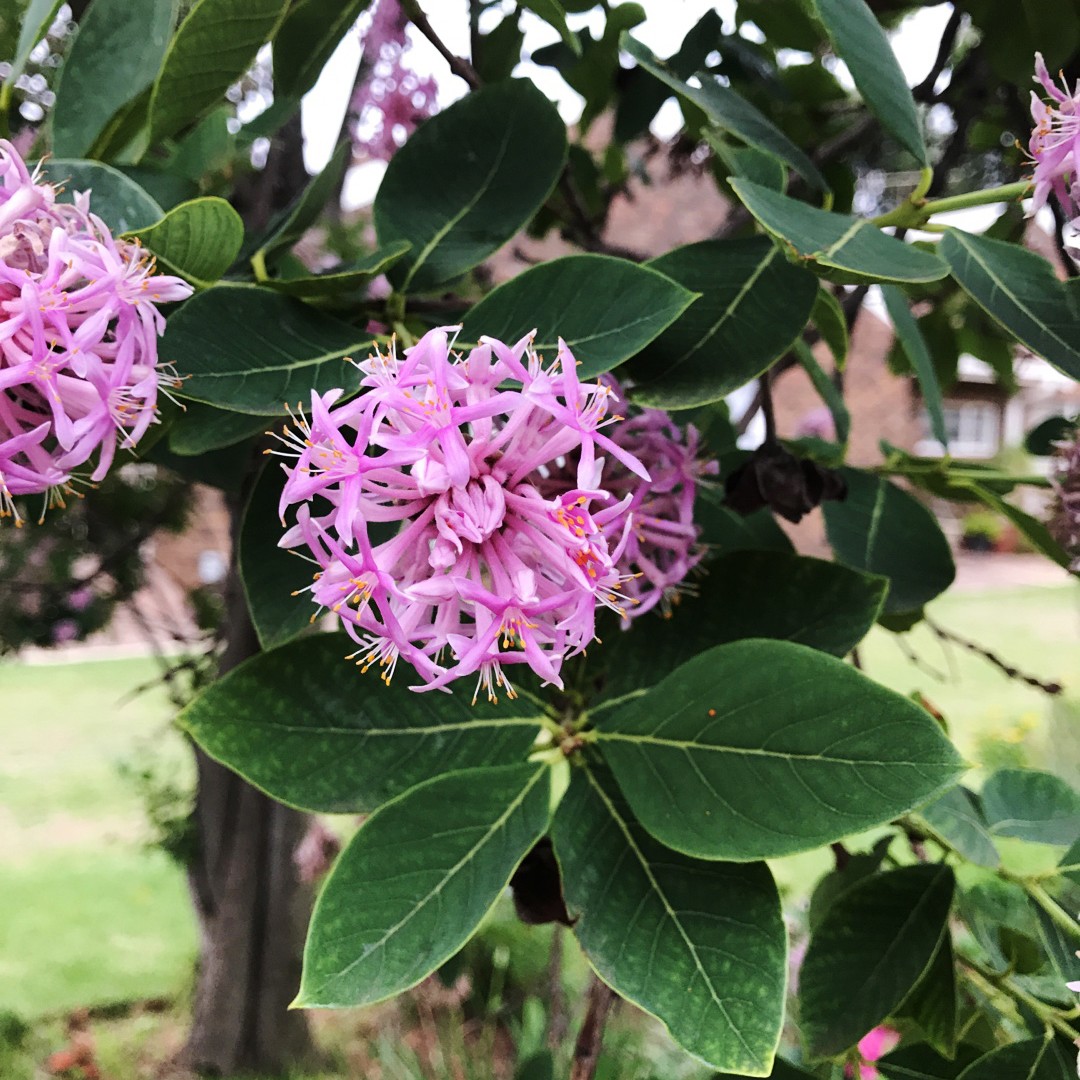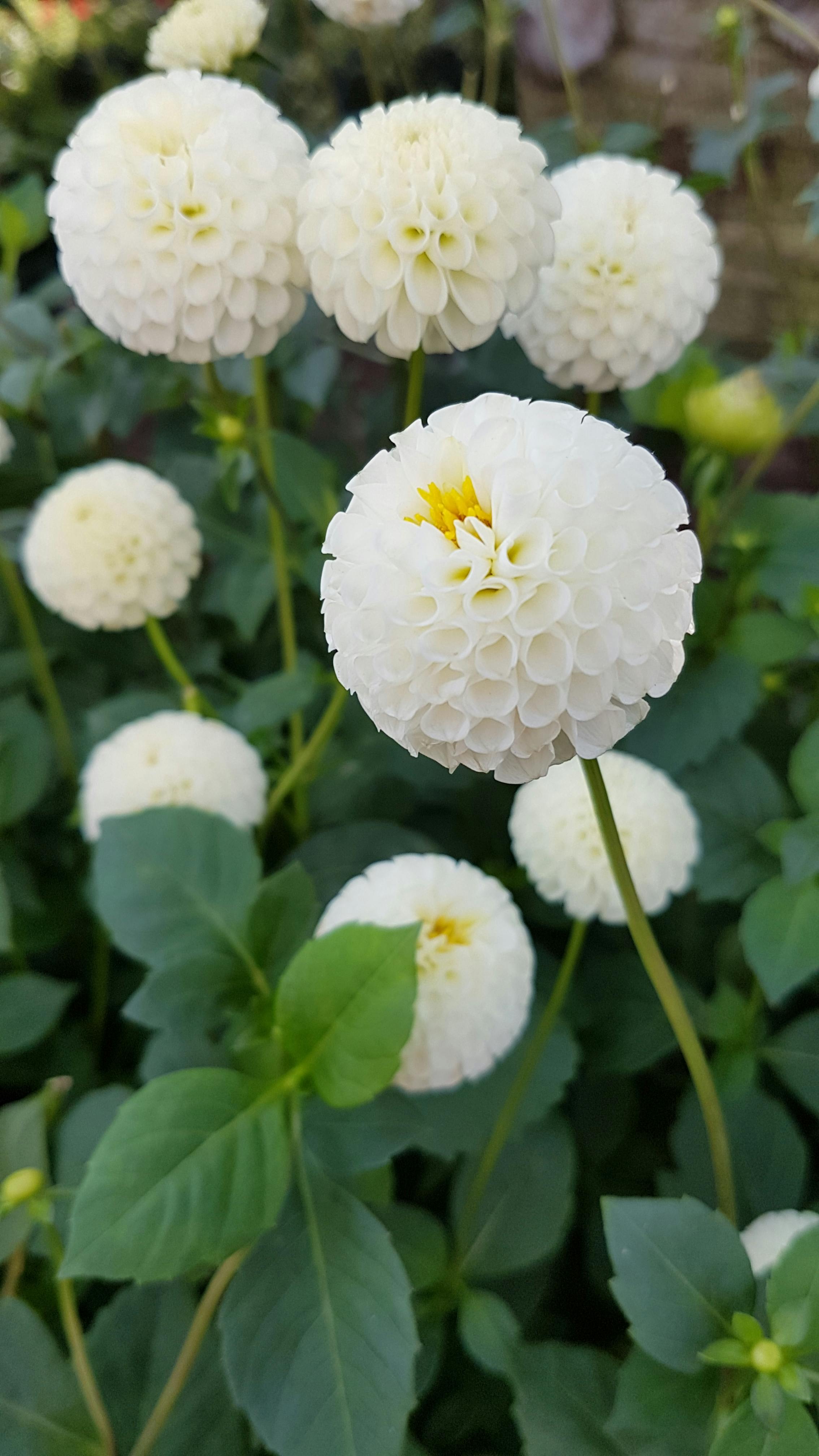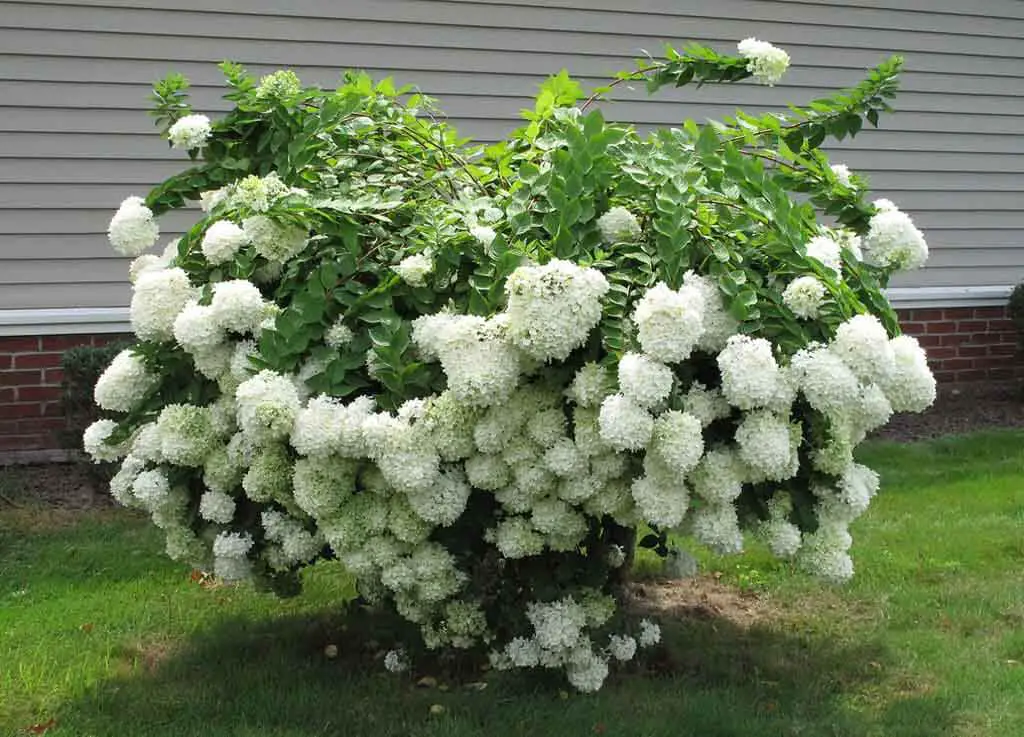Pom Pom Bushes: The Ultimate Guide To Growing And Caring For These Beautiful Plants
Title: Pom Pom Bushes: The Ultimate Guide to Growing and Caring for These Beautiful Plants
Introduction:
Pom pom bushes, also known as Cotoneaster horizontalis, are a type of flowering shrub that is native to Europe and Asia. They are known for their bright red or orange pom pom-shaped flowers that bloom in spring. Pom pom bushes are relatively easy to grow and care for, and they make a beautiful addition to any garden.
Main Content:
- Planting: Pom pom bushes can be planted in the spring or fall. They prefer full sun, but they can tolerate partial shade. They also prefer well-drained soil. When planting, dig a hole that is twice the width of the root ball. Backfill the hole with soil and water well.
- Watering: Pom pom bushes need regular watering, especially during the first year after planting. Once they are established, they can tolerate some drought.
- Fertilizing: Pom pom bushes should be fertilized once a year in the spring. Use a balanced fertilizer, such as 10-10-10.
- Pruning: Pom pom bushes should be pruned in late winter or early spring. Prune to remove dead, damaged, or diseased branches. You can also prune to shape the bush.
- Problems: Pom pom bushes are generally pest- and disease-free. However, they can be susceptible to scale and spider mites. If you see any pests, you can treat them with insecticidal soap or neem oil.
- Propagation: Pom pom bushes can be propagated by cuttings. Take cuttings in the spring or summer. Root the cuttings in a mixture of sand and peat moss.
Conclusion:
Pom pom bushes are a beautiful and easy-to-grow shrub that can add a splash of color to any garden. With proper care, they will provide years of enjoyment.
Pom pom bush is a beautiful and easy-to-care-for shrub that is perfect for adding a touch of color to your garden. It blooms in the summer with clusters of fluffy, pom-pom-like flowers that come in a variety of colors, including white, pink, red, and purple.
If you are interested in learning more about pom pom bush, I recommend visiting the Garden Wiki. This website has a wealth of information about the plant, including its care requirements, planting instructions, and pest and disease control tips.
FAQ of pom pom bush
- What is a pom pom bush?
A pom pom bush is a type of shrub that is known for its fluffy, pom pom-like flowers. It is a member of the cotoneaster family and is native to China. Pom pom bushes are hardy in USDA zones 5-9 and can grow up to 6 feet tall and wide.
- What are the different types of pom pom bushes?
There are several different types of pom pom bushes, each with its own unique characteristics. Some of the most popular types include:
* Cotoneaster horizontalis ('Rockspray'): This type of pom pom bush is known for its cascading branches and bright red flowers. It is a good choice for growing in rock gardens or as a groundcover.
* Cotoneaster dammeri ('Sutherlandii'): This type of pom pom bush is known for its dense growth and white flowers. It is a good choice for growing as a hedge or screen.
* Cotoneaster lucidus ('Sparkleberry'): This type of pom pom bush is known for its glossy leaves and bright pink flowers. It is a good choice for growing in containers or as a specimen plant.
- How do I care for a pom pom bush?
Pom pom bushes are relatively easy to care for. They need full sun to partial shade and well-drained soil. They are drought-tolerant once established, but they will benefit from regular watering during the summer months. Pom pom bushes are also relatively pest- and disease-free.
- How do I propagate a pom pom bush?
Pom pom bushes can be propagated by seed, cuttings, or layering. Seed propagation is the most difficult method, but it can be successful. Cutting propagation is the most common method and is relatively easy to do. Layering is a more difficult method, but it is a good way to propagate a specific variety of pom pom bush.
- What are some common problems with pom pom bushes?
The most common problems with pom pom bushes are:
* Leaf spot: This is a fungal disease that causes brown spots on the leaves. It can be treated with a fungicide.
* Pests: Pom pom bushes can be susceptible to pests such as aphids, scale, and spider mites. These pests can be controlled with insecticidal soap or neem oil.
* Winter damage: Pom pom bushes can be damaged by cold weather. If you live in an area with cold winters, you may need to protect your pom pom bush with a burlap or evergreen bough covering.









Post a Comment for "Pom Pom Bushes: The Ultimate Guide To Growing And Caring For These Beautiful Plants"